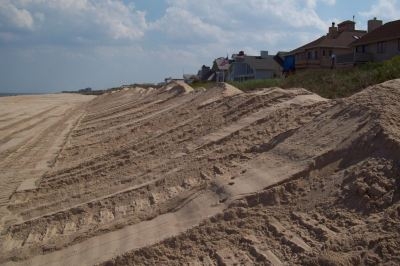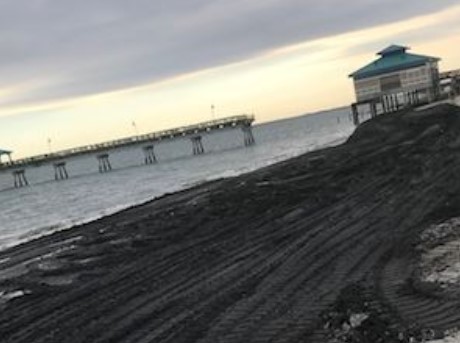
Inlet jetties at tidal inlets and river mouths. Ports (see also Port breakwaters and coastal erosion). Groynes and similar structures perpendicular to the shore. The structures, which may cause this type of erosion, are: Sand is often deposited in deep water after being removed by dredging. Trapping of sand in entrance channels and outer harbours. This causes mostly erosion at the lee side, but large structures may also cause (initial) erosion on the upstream side. Trapping of sand at the upstream side of the structure that reduces sand supply to the adjacent shores. The presence of the structure has a series of effects (see Coastal Hydrodynamics And Transport Processes and Littoral drift and shoreline modelling):  6 Sand and Coral Mining, and Maintenance DredgingĬoastal structures interfering with the littoral transport are the most common cause of coastal erosion. 4 Erosion of bays enclosed between headlands. 3 Erosion due to decrease of fluvial sand supply. 1.3 Inlet jetties at tidal inlets and river mouths. 1.1 Groynes and similar structures perpendicular to the shore. Most of the content of this article is drawn from Mangor et al. Natural causes of coastal erosion are discussed in another article. This article describes how different kinds of human interventions may affect coastal erosion. The largest structural changes in hydrodynamic conditions and sediment supply are generally due to human interventions. Climate change, which influences sea level, wave climate and sediment supply, is considered a natural cause.
6 Sand and Coral Mining, and Maintenance DredgingĬoastal structures interfering with the littoral transport are the most common cause of coastal erosion. 4 Erosion of bays enclosed between headlands. 3 Erosion due to decrease of fluvial sand supply. 1.3 Inlet jetties at tidal inlets and river mouths. 1.1 Groynes and similar structures perpendicular to the shore. Most of the content of this article is drawn from Mangor et al. Natural causes of coastal erosion are discussed in another article. This article describes how different kinds of human interventions may affect coastal erosion. The largest structural changes in hydrodynamic conditions and sediment supply are generally due to human interventions. Climate change, which influences sea level, wave climate and sediment supply, is considered a natural cause. 

These structural changes can have a natural cause or a human cause. Structural erosion or accretion can only happen in response to structural changes in the hydrodynamic conditions, in structural changes in sediment supply or in subsoil motion. These beach fluctuations correspond to alternating phases of erosion and accretion. The beach state at equilibrium is not static, but fluctuates around the equilibrium state in response to fluctuations in hydrodynamic factors (tidal cycles, wave climate) and sediment supply.

The longer periods hold for beaches in the vicinity of coastal inlets. However, if the active coastal zone consists exclusively of loose sediments, a state of dynamic equilibrium can be reached in rather short periods, of the order of years or decades. If some parts are highly resistant to erosion (presence of hard outcrops or cliffs, for example), this can take a very long time. The active coastal zone (planform and cross-shore profile of the subaqueous beach, the subaerial beach and adjacent dune) will always tend to a state of dynamic equilibrium.








 0 kommentar(er)
0 kommentar(er)
